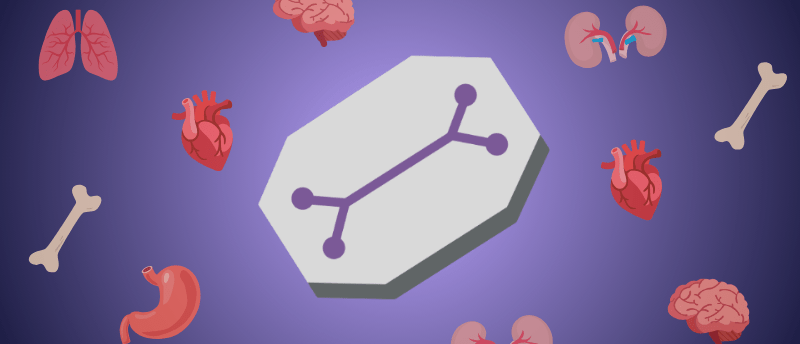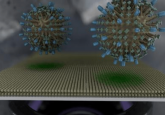The latest innovations in organ-on-a-chip systems

The US FDA recently announced plans to phase out animal testing in the development of monoclonal antibodies and other drugs, replacing it with more effective, human-relevant methods, such as organ-on-a-chip (OoC) technology. OoCs are small – about the size of a USB memory stick – microfluidic devices lined with living human cells. Their ability to reproduce the physiological environment of human organs makes them ideal models for studying disease and developing drugs. In this piece, we look at some recent studies that use OoCs to provide insights into human biology and drug development, from understanding bacterial vaginosis to assessing drug...
To view this content, please register now for access
Join our member community for FREE to access a collection of journal and online-only features, including:
- Exclusive access to educational videos, eBooks and insights into top BioTechniques journal articles
- The latest news and journal updates delivered straight to your inbox when you want it
- Personalized recommendations for the latest member-exclusive podcasts, interviews and expert opinions
- Priority registration to webinars, panel discussions and events
- Access to competitions and journal publication discounts, including 10% off open access fees when you sign up today!





